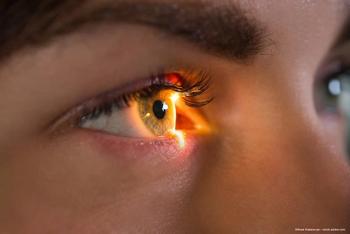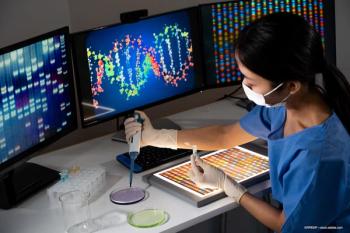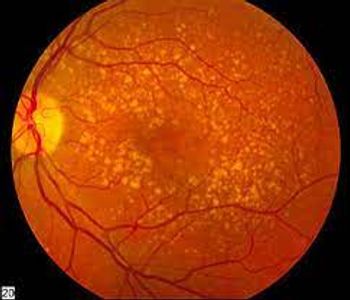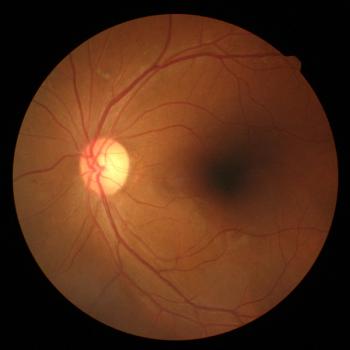
Development of new animal model enhances study of genetic mutations.

Development of new animal model enhances study of genetic mutations.

During a presentation at the EURETINA 2021 Virtual Congress, Dr José-Alain Sahel explains that optogenetics involves the use of artificial photoreceptors from specific retinal cells to restore vision by transferring a gene that encodes for a light-sensitive protein that causes neuronal cells to respond to light stimulation.

Investigators have found that 1 intravitreal injection of an adeno-associated virus encoding an immunosuppressive transgene, either HLA-G or eqIL-10, reduced the clinical and histologic inflammation in a well-established model of autoimmune uveitis.

Gene therapy has produced early and lasting improvements in retinal cell morphology and visual acuity in a patient with inherited retinal disease.

RGX-314 viewed by investigators as a therapeutic option for exudative AMD.

Investigators are conducting retinal gene therapy trials that offer potential new treatments for inherited causes of vision loss.

An international research team has shown that optogenetic therapy has helped to partially regain visual function in a patient with retinitis pigmentosa. This is a milestone towards a gene therapy that could restore vision.

In a presentation at ARVO, Friederike Kortuem, MD, MSc, explains that treatment with voretigene neparvovec-rzyl led to a short-term change in the foveal morphology in a patient with visual impairment that included nyctalopia and decreased visual acuity in early childhood.

During an ARVO presentation, Paul Yang, MD, PhD, explained that in a clinical trial, investigators used an adeno-associated viral vector to deliver a normal functioning copy of the RPGR gene via subretinal injection.

EYS809, a non-viral gene therapy sustained drug-delivery product that delivers anti-vascular endothelial growth factor to the eye, may replace the need for repeated intravitreal anti-VEGF injections and improve vision in patients diagnosed with wet age-related macular degeneration.

Gene therapies are being investigated for multiple inherited retinal diseases and the progress in this field has implications for patient care.

A greater understanding of lens embryology and the phenotype/genotype correlation of cataracts should help guide future therapeutic approaches.

Study results, including data from approximately 42,000 eyes, found diabetic retinopathy severity is a risk factor for diabetic eye disease progression. Other findings support the idea that genetic factors may influence the development of proliferative diabetic retinopathy versus diabetic macular oedema.

Results of a study analysing cytokine levels in the aqueous humour and serum of patients with nonproliferative diabetic retinopathy with and without diabetic macular oedema support further research investigating transforming growth factor-β-induced Gene Human Clone 30 (BIGH3) as a potential biomarker for DMO.

In this roundtable, members of the Ophthalmology Times Europe® Editorial Advisory Board consider the top challenges and opportunities that they anticipate will affect ophthalmology in Europe in 2021.